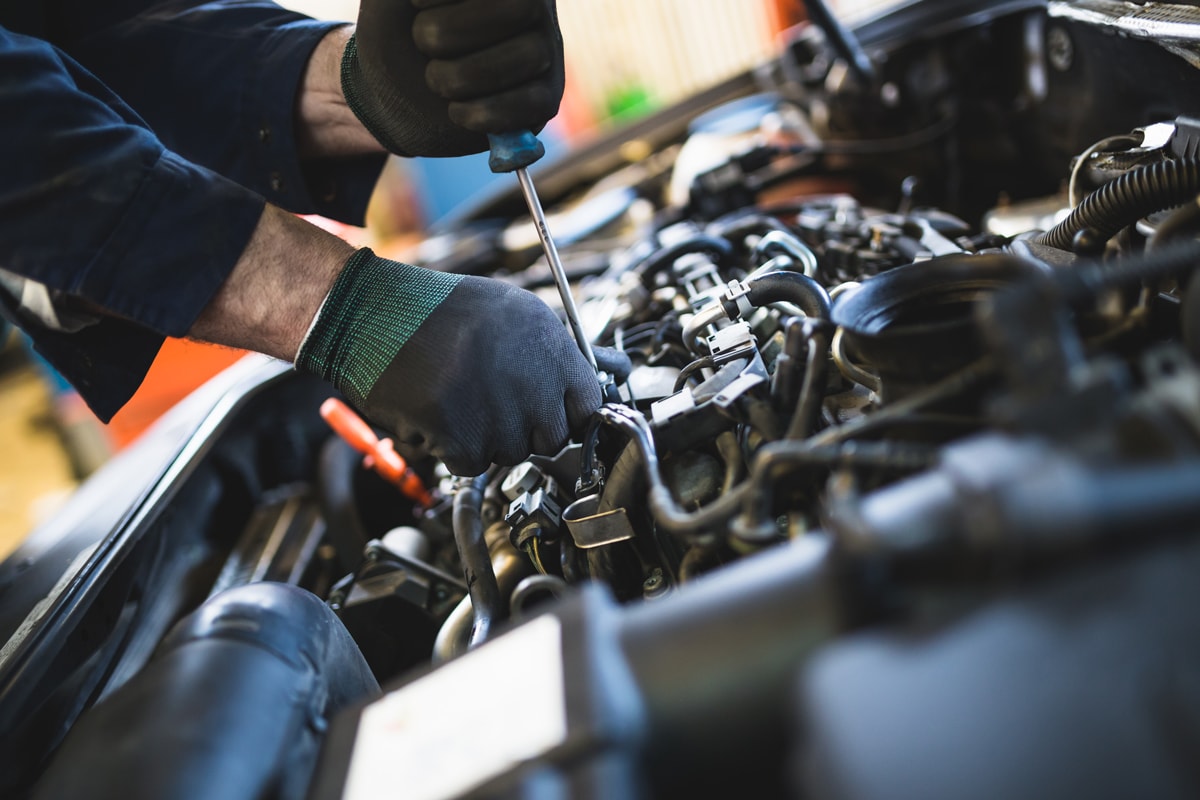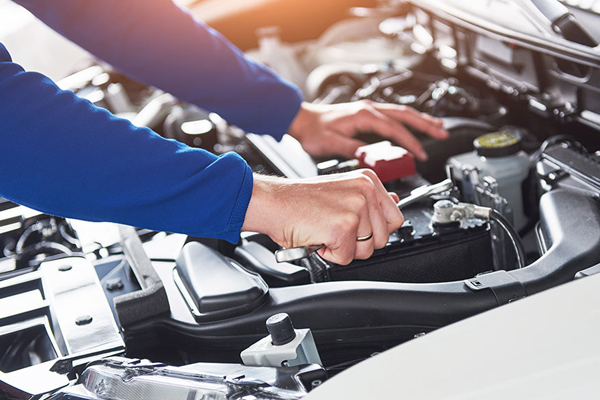All Categories
Featured

The check engine light (CEL) is among the most crucial warning systems in your vehicle, yet it often triggers confusion or fret for lots of chauffeurs. Comprehending what this light stands for and just how to manage it can save you time, money, and unneeded stress and anxiety. This overview supplies an introduction of what triggers the CEL, its potential ramifications, and the actions you must take when it illuminate.
What Does the Check Engine Light Indicate? The CEL becomes part of your car's onboard diagnostics system (OBD), which keeps an eye on engine performance and exhausts. When the system spots a problem that needs your focus., it lights up.
Strong Light: Signals a non-urgent trouble however one that should be dealt with quickly, such as a sensor breakdown or emissions-related issue. Blinking Light: Suggests an essential issue like an engine misfire. Driving in this problem can cause serious damage, so immediate activity is necessary. Usual Reasons of the Examine Engine Light. The CEL can light up for a wide variety of reasons, some minor and others much more extreme. Here are some of the most constant reasons:

Loosened or Damaged Gas Cap:
A loosened gas cap can jeopardize the fuel system, triggering the CEL. When the light comes on, monitoring and tightening up the cap is a very easy very first step. Faulty Oxygen Sensor:
This sensing unit keeps an eye on the air-to-fuel proportion in your engine. A malfunction can decrease fuel efficiency and increase discharges. Malfunctioning Catalytic Converter:
The catalytic converter helps minimize unsafe exhaust emissions. Disregarding various other engine problems, like misfires, can result in catalytic converter damage. Trigger Plug or Ignition Coil Problems:
These parts are important for beginning and running your engine smoothly. Routine upkeep can stop wear and failure. Mass Air Movement Sensor Problems:
This sensing unit gauges the amount of air going into the engine to ensure ideal performance. A faulty or unclean sensor can lower effectiveness and power. When the Examine Engine Light Comes On, actions to Take. Check the Gas Cap:
Tighten up the cap and see if the light switches off after driving a couple of miles. Observe the Automobile's Habits:
Note any type of uncommon symptoms like harsh idling, decreased power, or odd sounds. Scan the Codes:
Use an OBD-II scanner to obtain difficulty codes kept in your vehicle's computer system. Several vehicle parts shops offer this service for totally free. Visit an Auto Mechanic:

If the light stays on or is blinking, take your lorry to a professional for a comprehensive medical diagnosis. Avoiding Examine Engine Light Issues. Proactive maintenance is the most effective means to prevent CEL issues. Follow these tips:
Stay With a Routine Maintenance Set Up: Adjustment your oil, replace filters, and check ignition system on time. Evaluate the Gas Cap: Change harmed caps to avoid leakages in the fuel system. Use Quality Gas: Poor-quality gas can add to sensing unit and discharges problems. Why Prompt Activity Issues. Ignoring the CEL can result in extra severe issues, such as engine damages or costly repair work. If ignored., a small concern like a loosened gas cap can snowball right into a significant expenditure.
Verdict. The check engine light is a vital tool for maintaining your car's health. By recognizing its purpose and reacting immediately, you can prevent unneeded repair services and keep your automobile running efficiently. The next time the CEL comes on, bear in mind to stay calm, examine the basics, and consult a professional if needed.
Latest Posts
Explore Reduce Expenses on Car Maintenance with Montclare Auto Repair’s Exclusive Deals
Published May 25, 25
1 min read
Unlock Your Financial Partner at WyHy – Key Advantages for Your Money Goals
Published May 24, 25
1 min read
How Consistent Auto Maintenance at Montclare Auto Repair Saves You Money
Published May 22, 25
1 min read
More
Latest Posts
Explore Reduce Expenses on Car Maintenance with Montclare Auto Repair’s Exclusive Deals
Published May 25, 25
1 min read
Unlock Your Financial Partner at WyHy – Key Advantages for Your Money Goals
Published May 24, 25
1 min read
How Consistent Auto Maintenance at Montclare Auto Repair Saves You Money
Published May 22, 25
1 min read